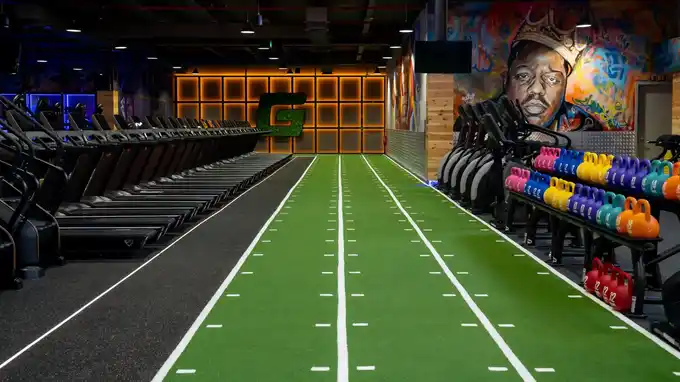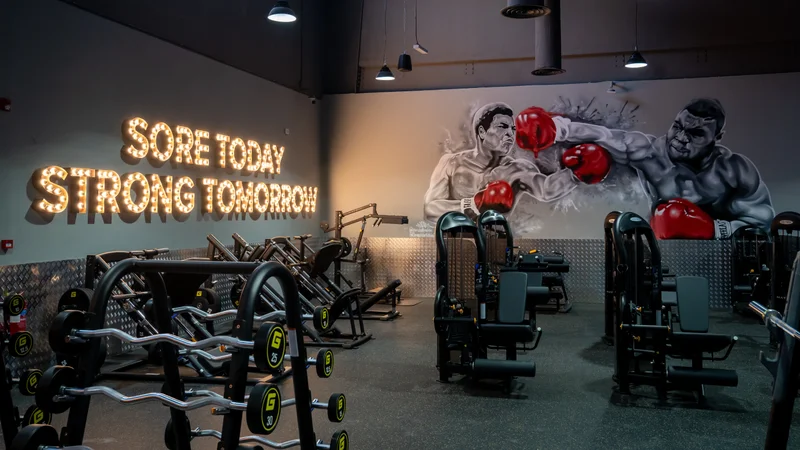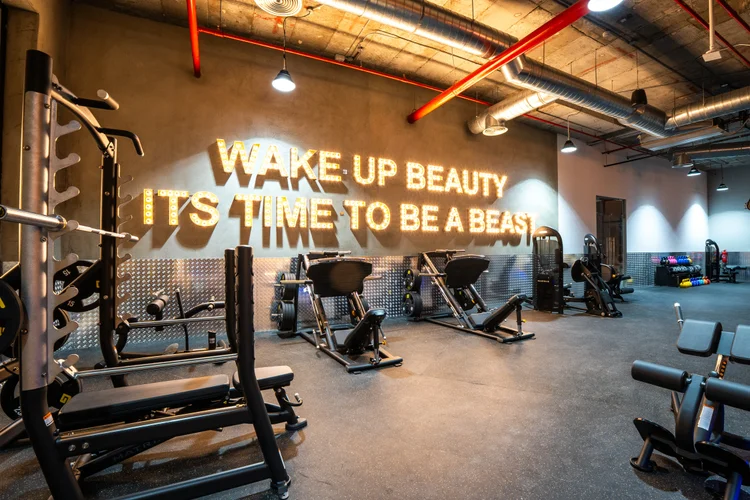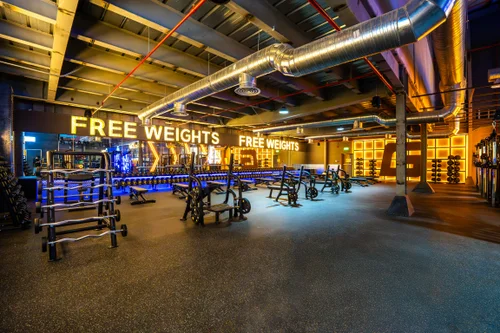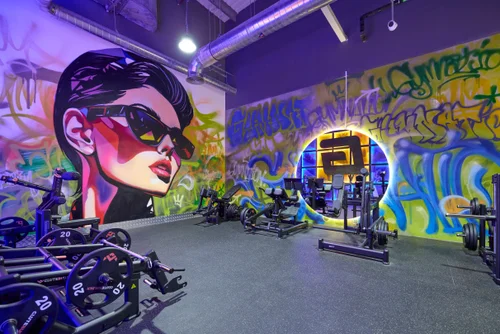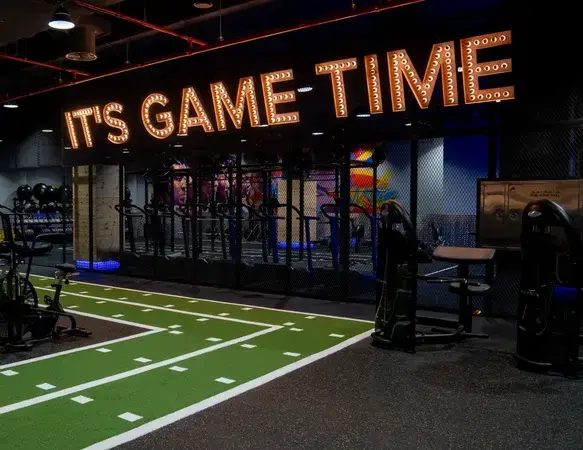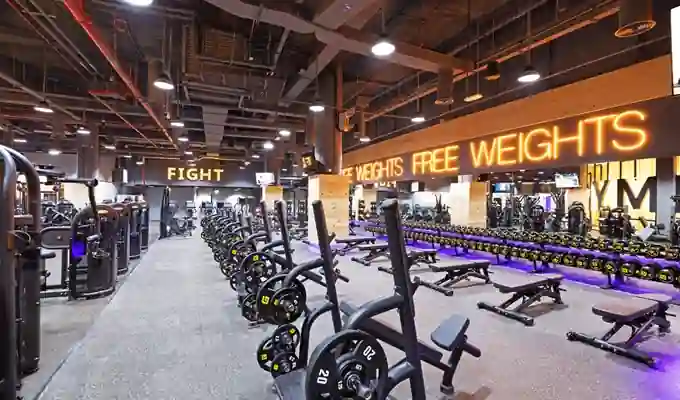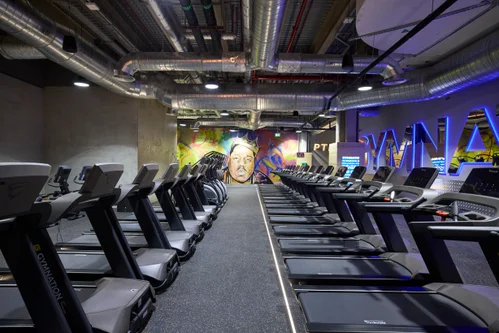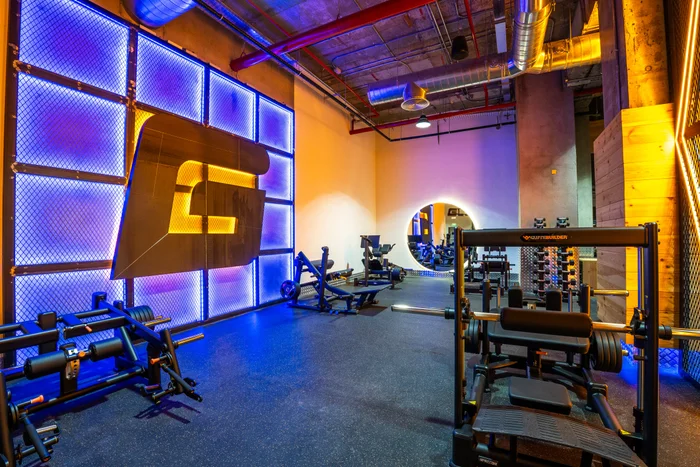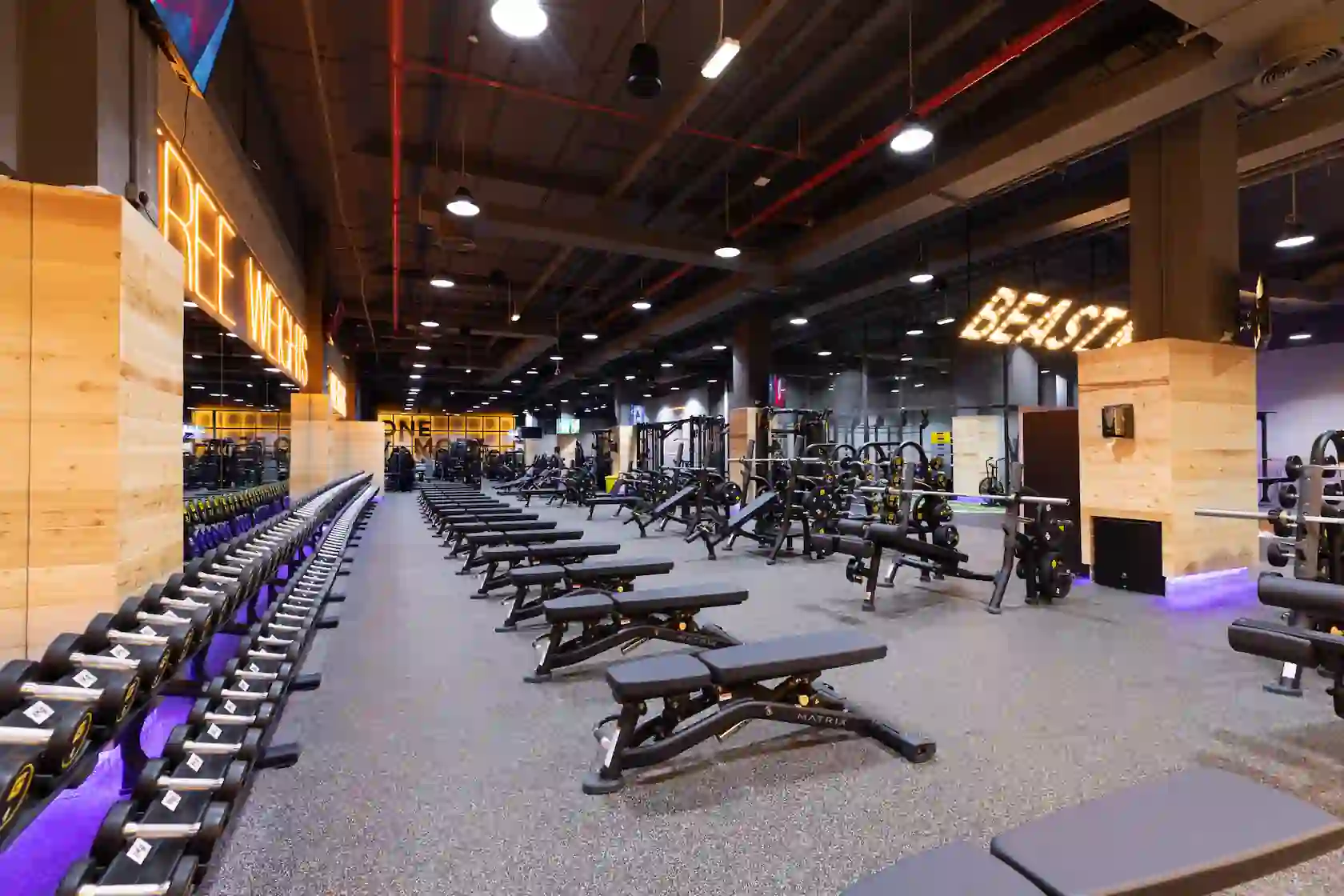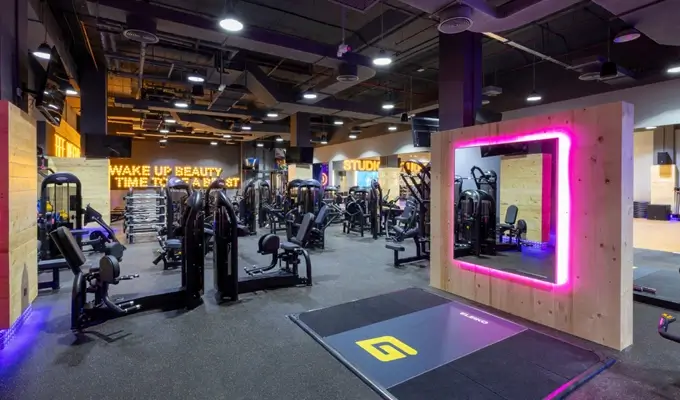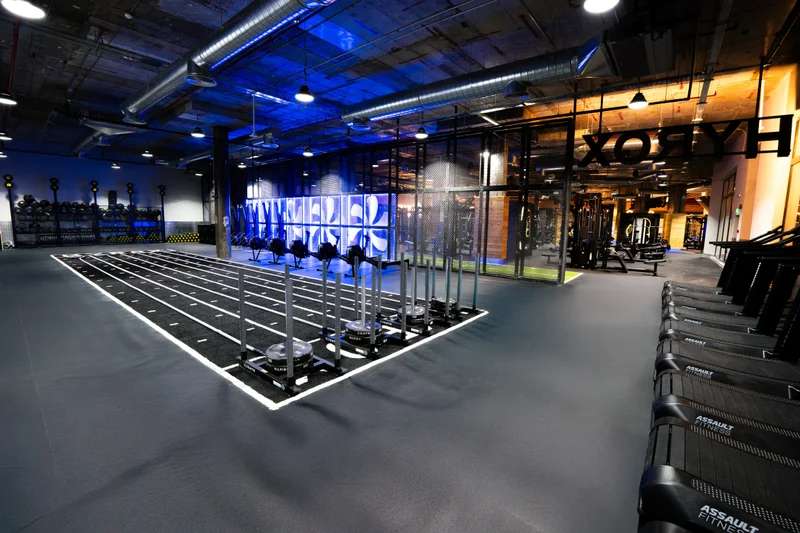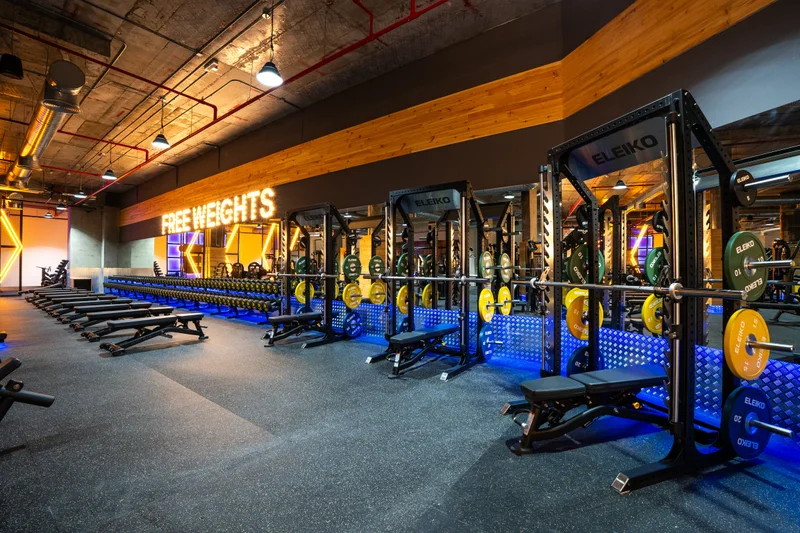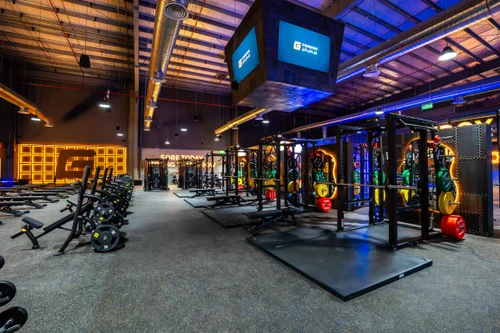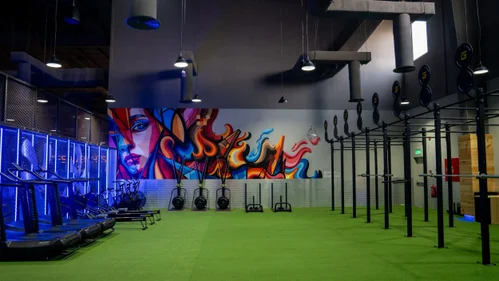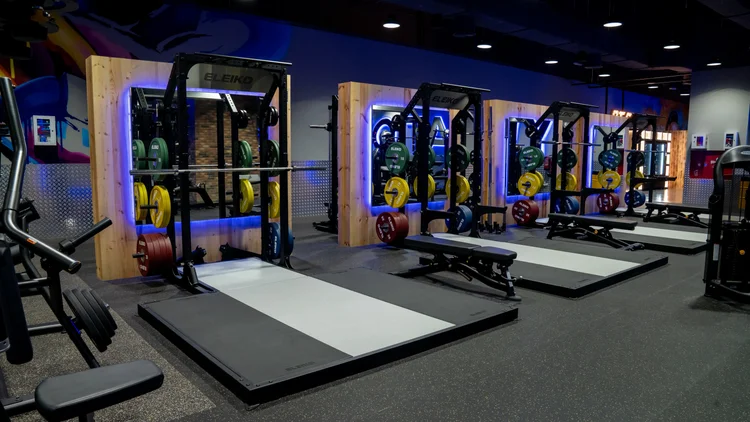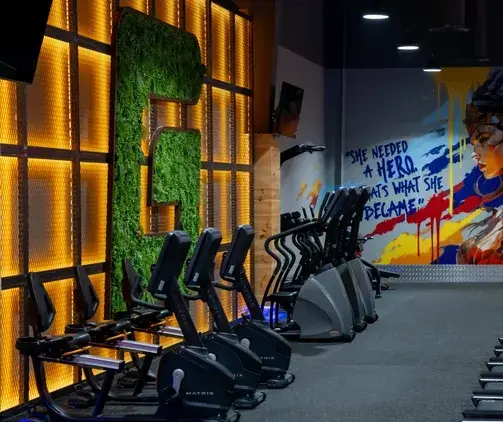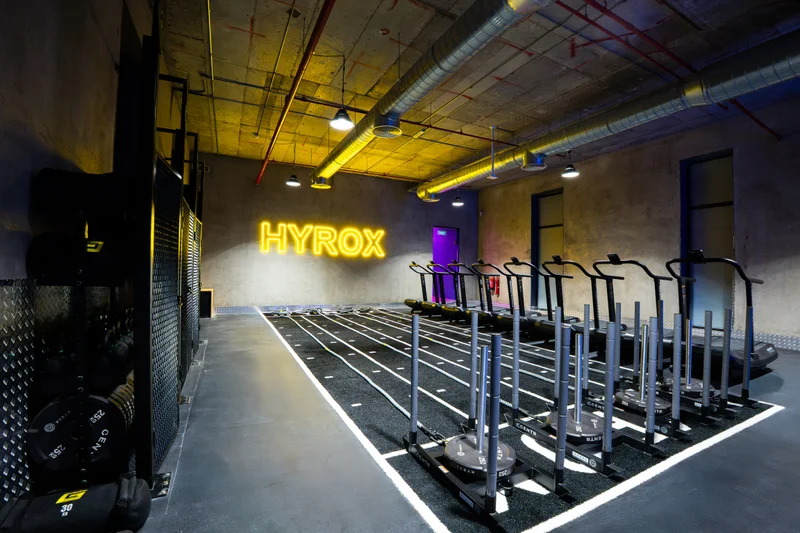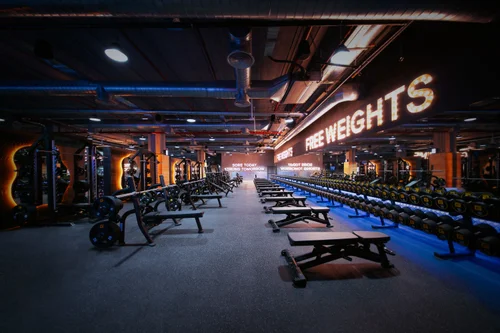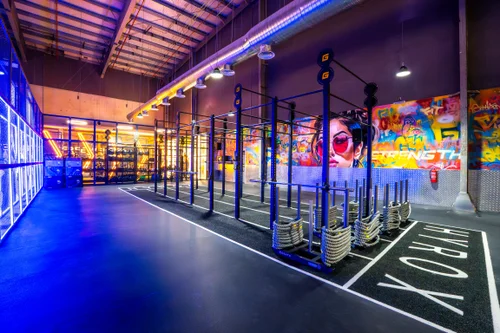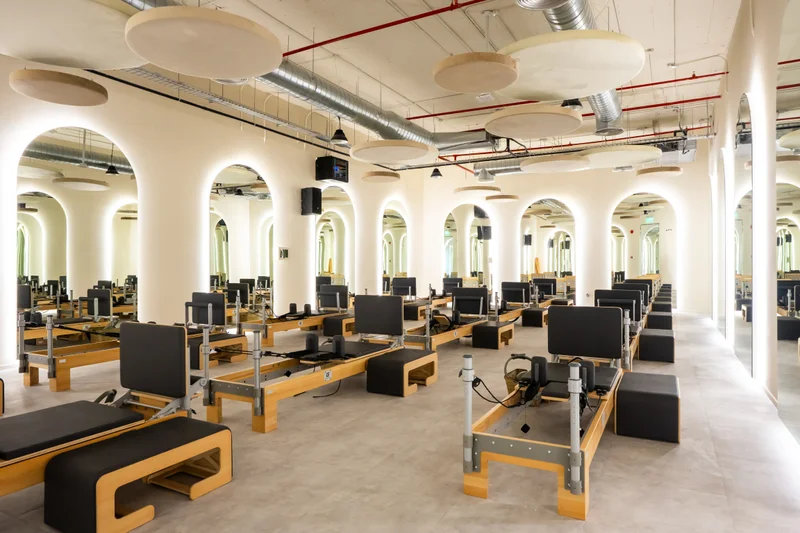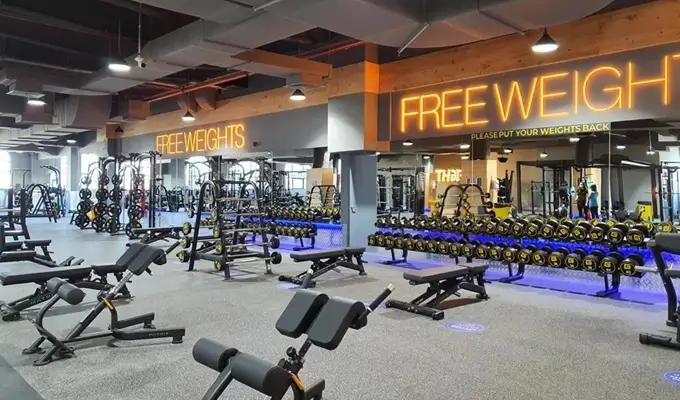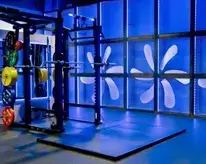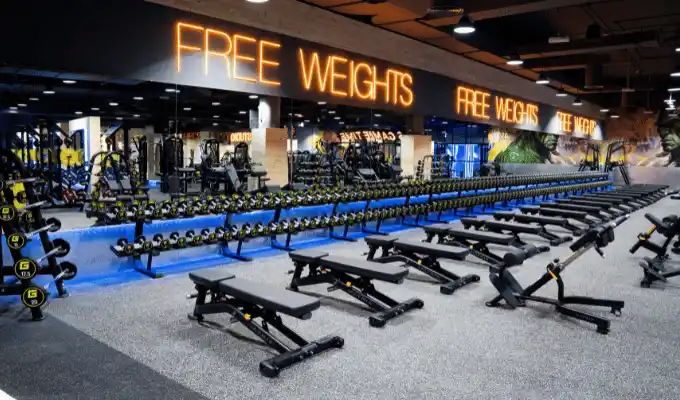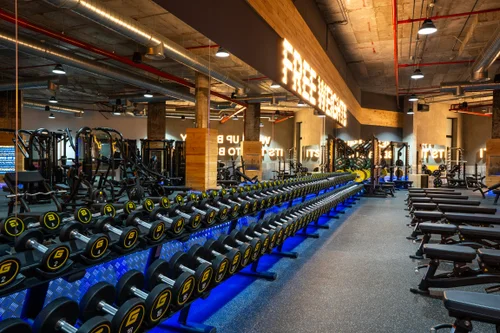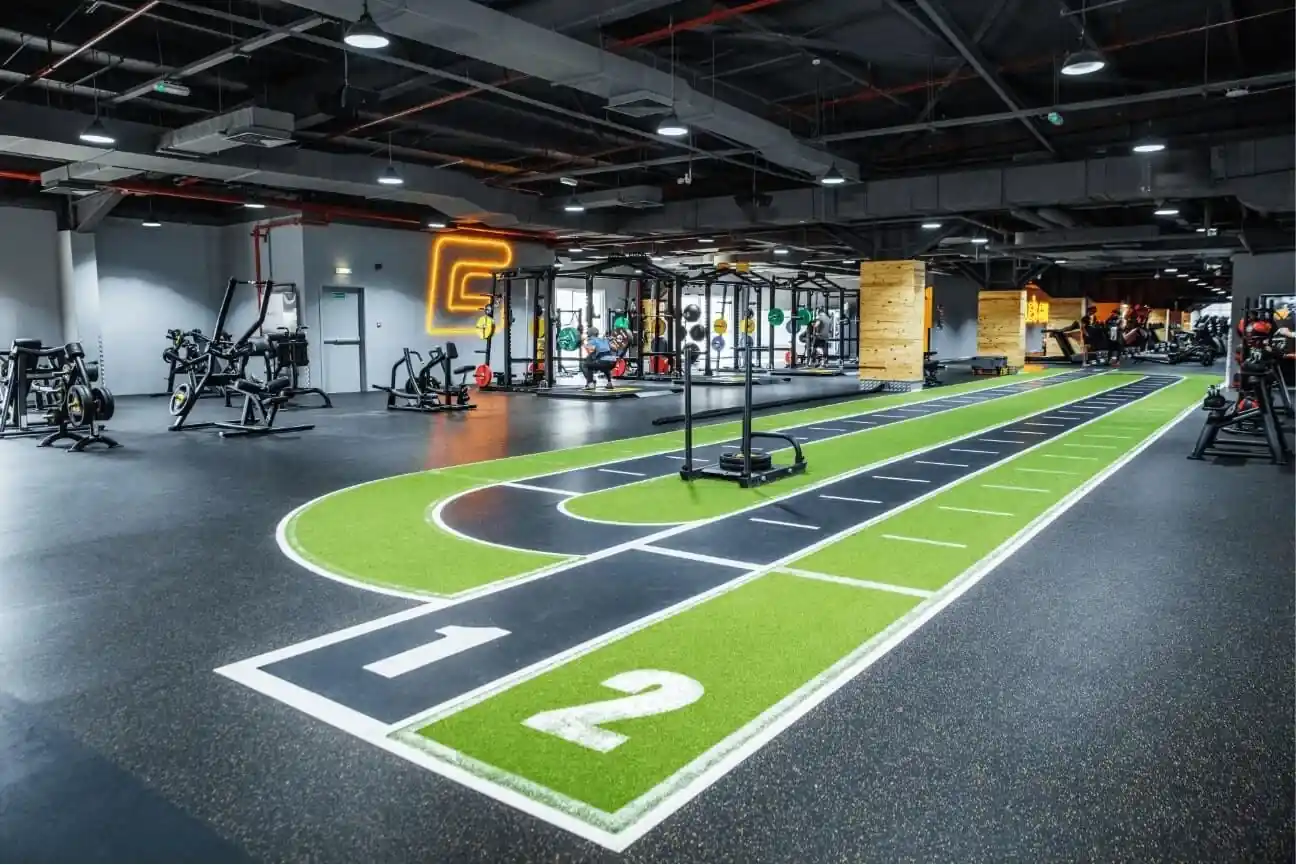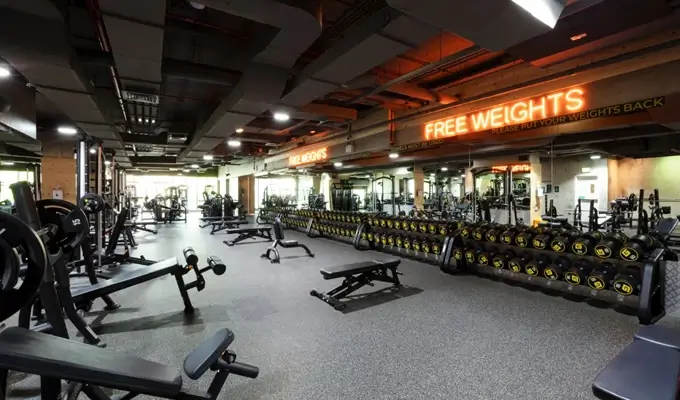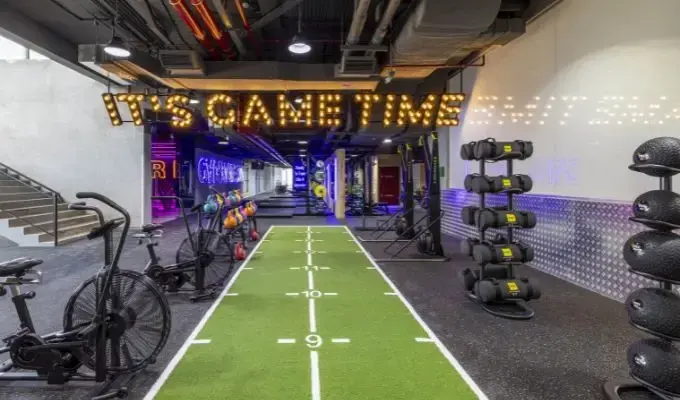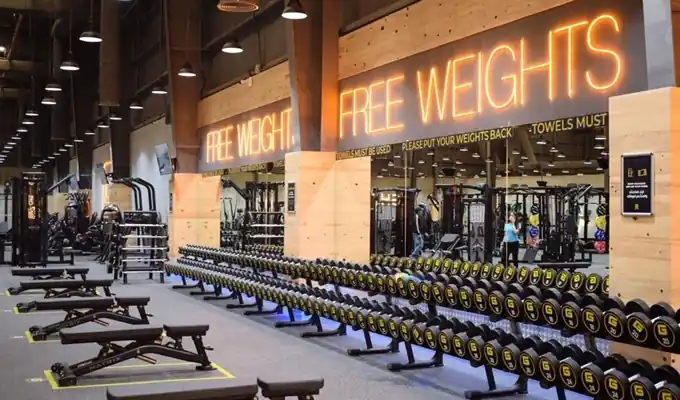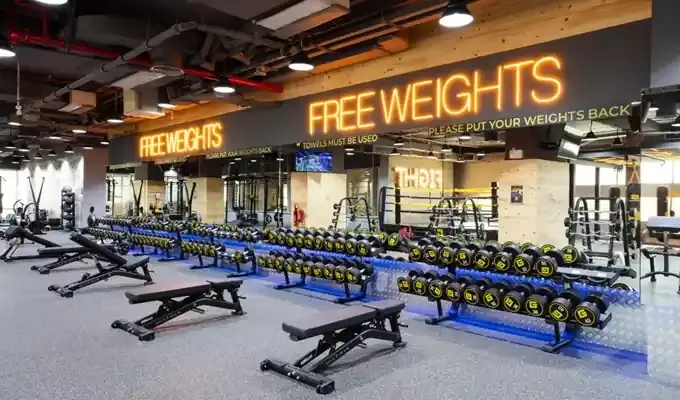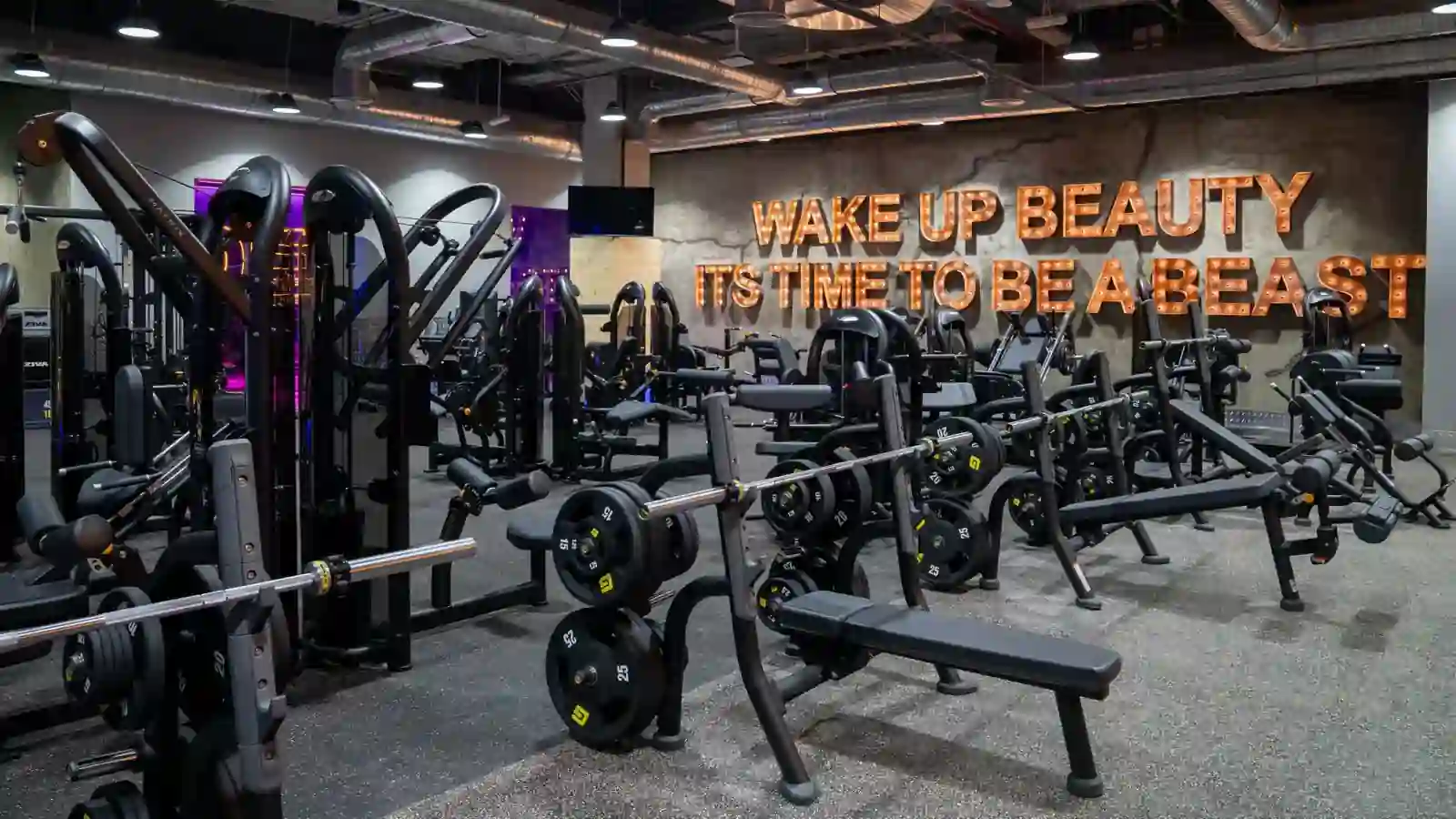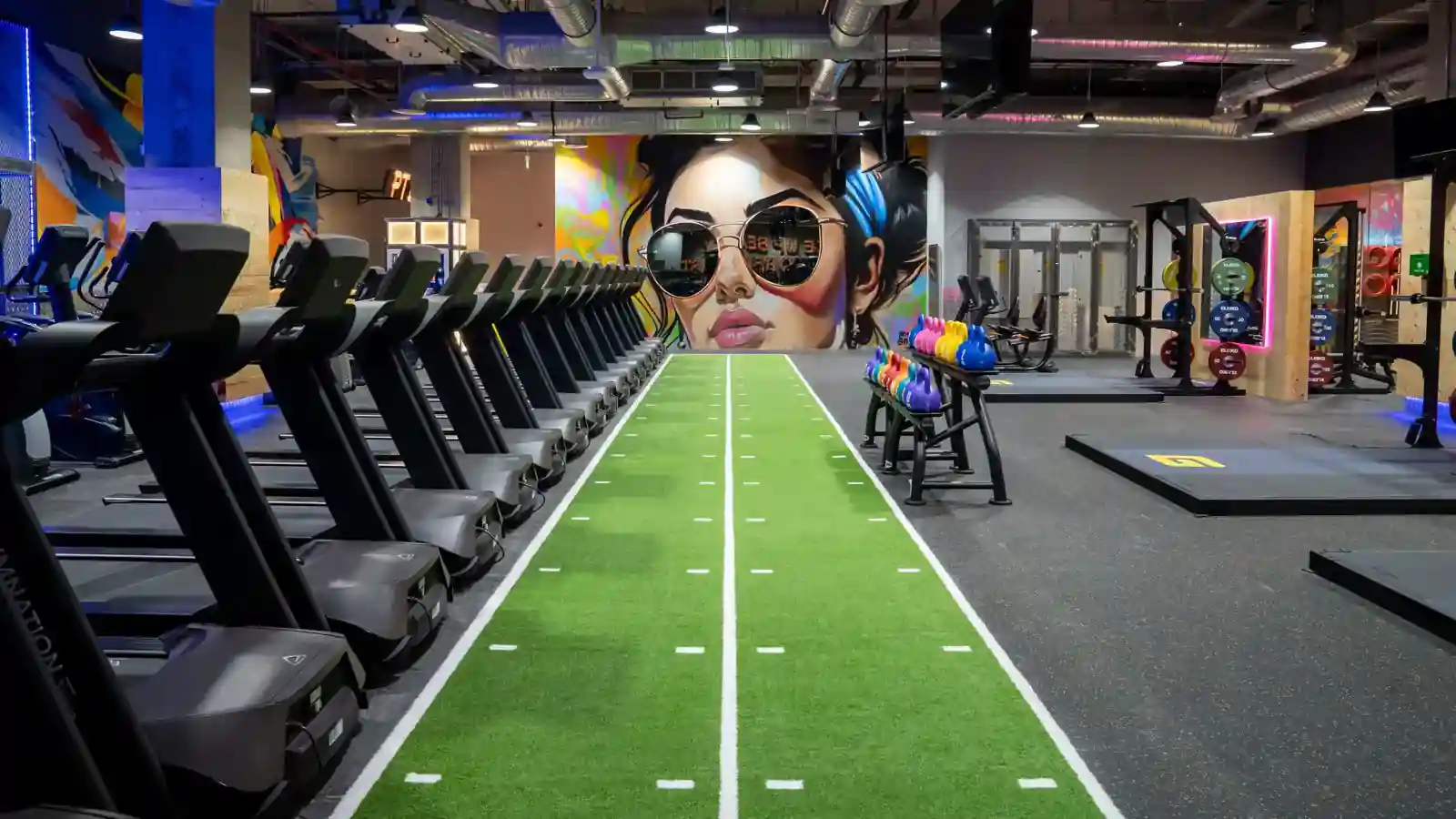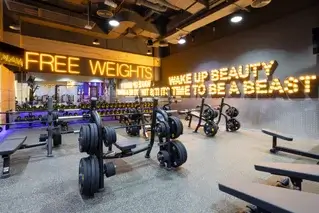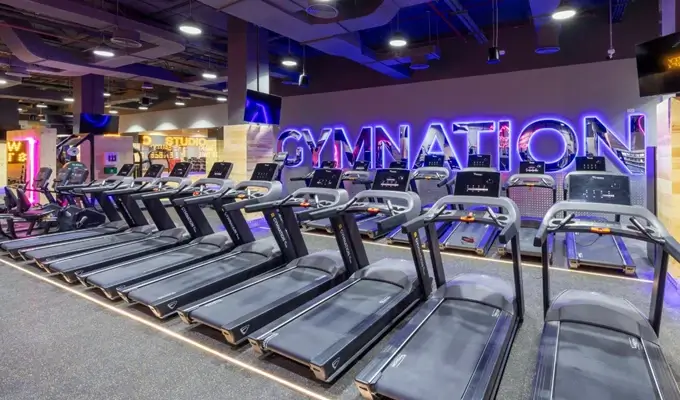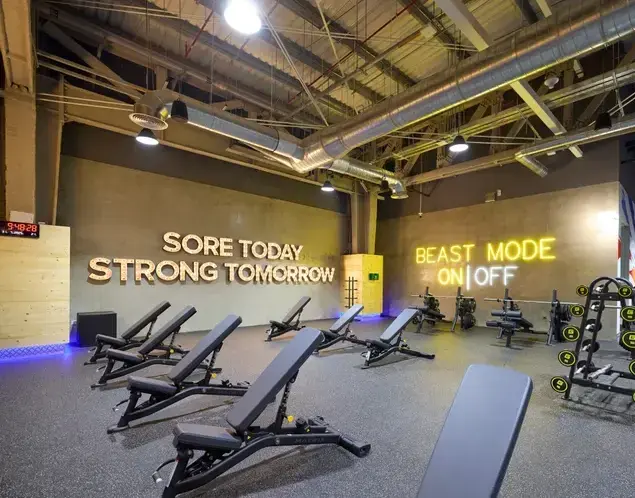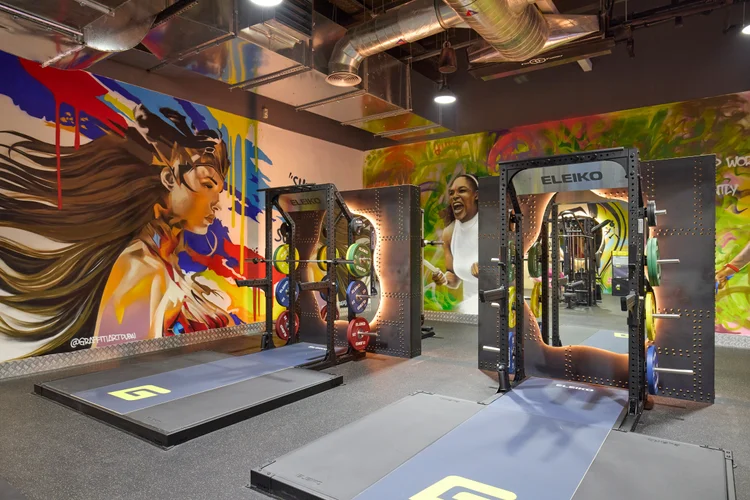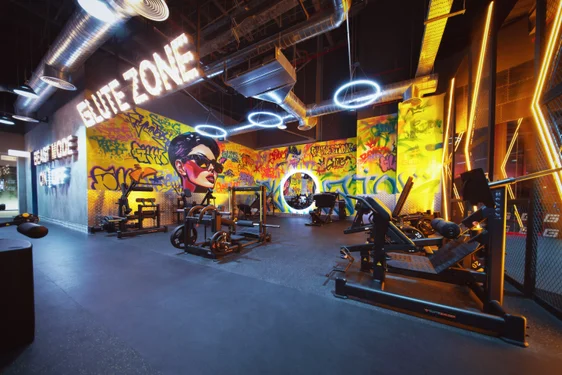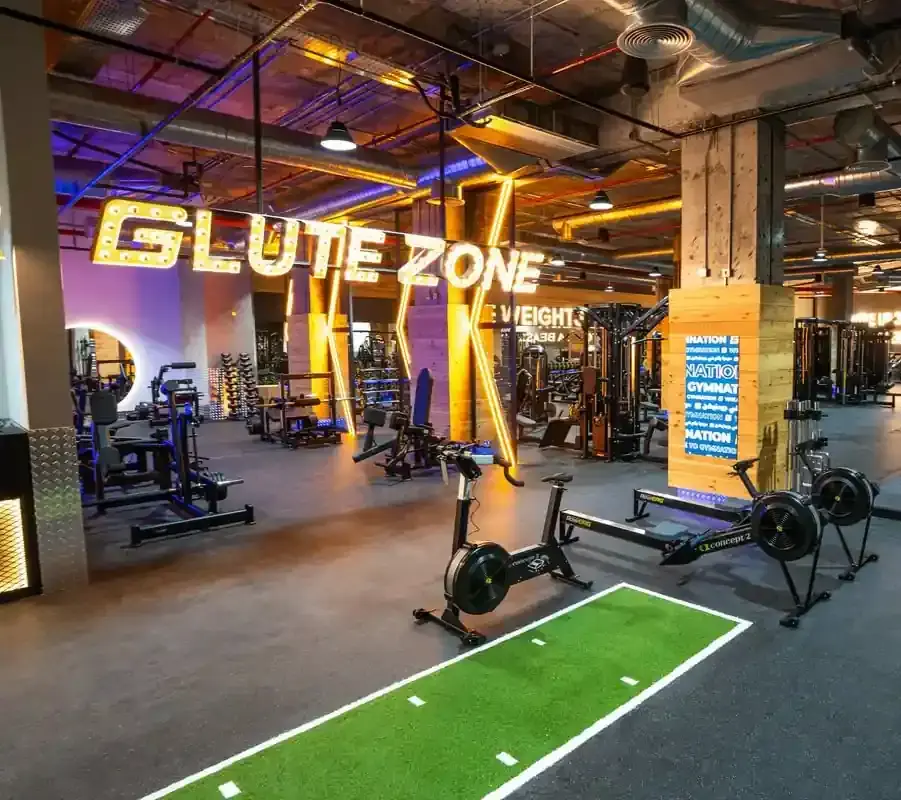Rediscover Fitness After 50
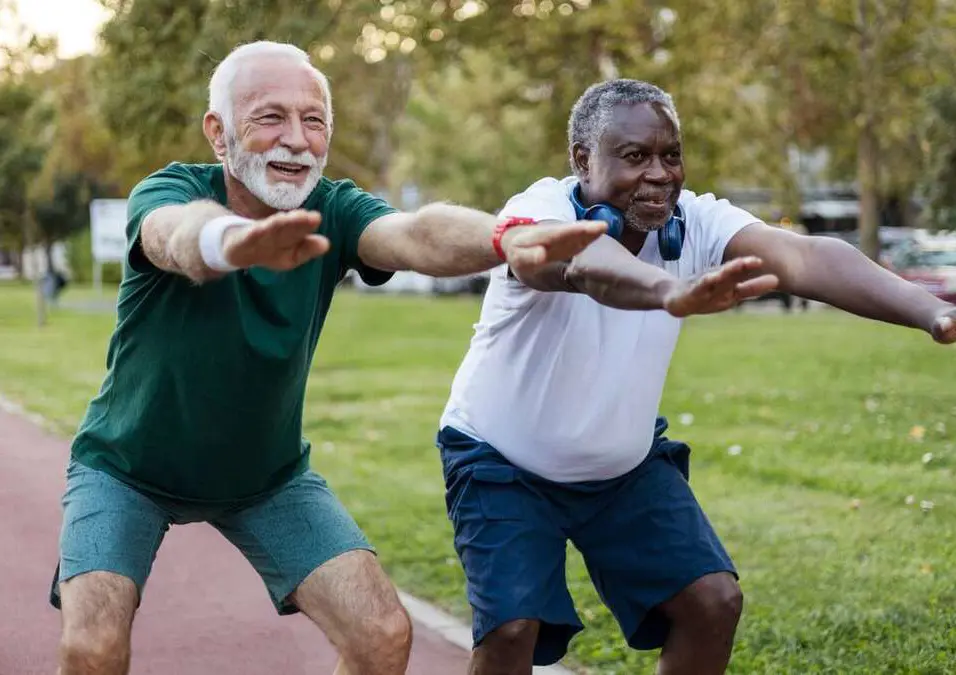
SIGN UP FOR YOUR FREE DAY PASS TODAY!
Whether you were once a gym enthusiast who fell out of the habit or are just starting your fitness journey, getting into exercise after 50 is undoubtedly a worthwhile decision.
It’s never too late to take steps toward a healthier lifestyle, and many others are doing the same.
How long is your ideal workout?
"I often meet women who begin exercising after 50, either for the first time or as a comeback," says Dr. Gowri Rocco, MD, MS, an expert in women’s health and bio-identical hormone replacement therapy.
"Many assume they no longer need to exercise if they're not trying to lose weight, but exercise offers so much more—from physical health benefits to improved mental well-being, confidence, and brain function."
To safely and effectively incorporate exercise at this stage of life, Dr. Rocco shares essential tips designed to help you maximize your workouts.
Start with Low-Impact Exercises
There’s no universal workout plan for everyone over 50, but starting slow is key.
Dr. Rocco recommends low-impact workouts three to four times a week, starting with 20 to 30 minutes of walking.
"Walking is among the best exercises for longevity and heart health. A daily walk outdoors not only engages your body but provides grounding, vitamin D, and boosts circulation," she says. Morning walks can also be a great way to kick off your day.
Adding light strength training to your routine has incredible benefits, especially for maintaining muscle and bone health as you age.
"Start with light weights and a few sets to ease into it," advises Dr. Rocco, reminding that proper form is essential to avoid strains or injuries.
Avoid Overexertion
It’s tempting to push hard, especially if you’re used to more intense workouts, but starting slow is the safest approach.
Beginner exercises may feel easy at first, but that’s no reason to skip ahead.
Dr. Rocco emphasizes, "You may need to begin with lighter weights and fewer repetitions. Gradual progress is completely normal and ensures safety."
Remember, what worked for your body years ago may no longer be suitable now.
Mayo Clinic advises increasing activity levels by no more than 10% weekly to prevent strain or injury.
For specific medical conditions or prior injuries, consult a healthcare provider for tailored advice.
Once ready, you can build up to 150 minutes of moderate activity per week, as suggested by NHS guidelines, spread over several sessions of light activity daily.
Prioritize Rest and Recovery
Rest is just as crucial as the exercise itself, particularly as you age. "You may feel extra tired during the first few weeks of working out.
This is your body's natural response to a new routine," says Dr. Rocco. Recovery time allows your body to heal and perform better during subsequent sessions.
Beginners are advised to rest about 48 hours before working the same muscle groups again.
If you’re feeling unwell, consider skipping the workout altogether to avoid worsening symptoms or extending recovery time.
Dr. Rocco also recommends supplements to aid recovery, such as vitamin D3, creatine, and collagen.
Adding mineral-rich Himalayan sea salt or Celtic salt to water helps replenish tissues, reduce fatigue, and prevent dehydration.
Stay hydrated by drinking 500–600 ml of water pre-workout, 240 ml for every 10 minutes of exercise, and 480 ml post-workout as per New York Health's advice.
As always, consult a medical professional before changing your diet or adding supplements, especially if you’re on medication.
Set Realistic Goals
Everyone’s fitness progress looks different. Avoid comparing yourself to others, especially unrealistic transformations depicted in the media.
Celebrities over 50 who showcase exceptional physiques often have access to personal trainers, chefs, and editing tools. These portrayals don’t reflect everyone's reality.
When aiming for weight loss, set achievable targets. "Losing 20 pounds may take two to three months, not the few weeks it might have taken in your 20s," says Dr. Rocco.
For realistic results, aim for one to two pounds of weight loss per week as suggested by Mayo Clinic.
Additionally, factor in your routine. While retirees might manage five gym sessions weekly, those with jobs or family responsibilities may only fit in two to three sessions.
The goal is to move consistently, no matter how frequently it happens.
Find Motivation in Group Classes
Returning to a fitness routine or starting from scratch can feel overwhelming.
Group fitness classes like Pilates, aerobic dance, or low-impact classes designed for older adults can ease that transition.
"These classes are excellent for cardiovascular health, flexibility, and joint health," shares Dr. Rocco.
They’re also led by professionals to guide you through safe and effective movements.
Interestingly, studies reveal that working out with others can boost motivation and performance.
A 2012 study found that people exercising in groups tend to push themselves harder than those going solo, improving consistency and results.
Classes aren’t just about fitness; they're about connection. "Group activities allow you to socialize while getting healthier.
Making friends as we age helps combat loneliness and improves confidence," explains Dr. Rocco.
The Bottom Line
Exercise after 50 is an investment in a longer, healthier, and more fulfilling life. Start slow with low-impact exercises like walking and light strength training.
Avoid overexertion, allow ample recovery time, and stay hydrated. Set goals that suit your body and lifestyle, steering clear of media-driven comparisons. Joining group workouts can provide community, fun, and accountability.
Your fitness journey after 50 can be just as rewarding as it was in your 20s—with some thoughtful adjustments and a bit of patience.
Regardless of age, moving your body and nurturing your health is a timeless commitment worth making.
Source: women
The opinions shared in the GymNation blog articles are solely those of the respective authors and may not represent the perspectives of GymNation or any member of the GymNation team.
GET YOUR FREE TRIAL TODAY




















